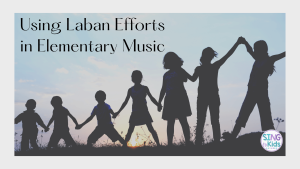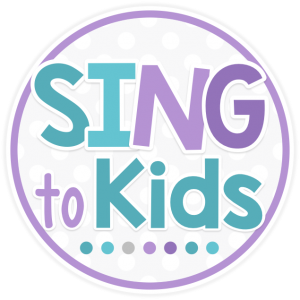When we think about movement in the elementary music classroom, so often beat movement and folk dance come to mind. What if I shared that there is another type of movement just as beneficial to music instruction? It’s using Rudolf Laban’s Efforts – flow, weight, space, and time – in music instruction.
Rudolf Laban was a dancer, choreographer, and later, a movement theoretician. His study of movement resulted in a notation of dance in which choreography could be written, shared, and saved. His later work looked at the efficiency of movement in industrial work as well as movement from a therapeutic lens.
Laban studied four aspects of movement:
- The body aspect: awareness of the body’s movement in a space and its movement through it
- The space aspect: the shapes the body makes and its pathways in relation to others
- The effort aspect: the force and speed the body creates when moving
- The relationship aspect: awareness of movement in relation to others within the group
So what does all of this have to do with music?
- The body aspect: awareness of one’s body in space and moving through it directly relates to beat competency
- The space aspect: the shapes of body represent expressive elements in performing (e.g. shaping phrases)
- The effort aspect: the force and speed correlate to how we articulate on a given instrument
- The relationship aspect: awareness of others within an ensemble, learning to breath and perform together with one another
So how do we begin to use all of this in an elementary music classroom? Let’s look at how Laban categorized movement into four components.
- Flow: movement can be free or bound
- Weight: movement can be heavy or light (strong or gentle)
- Space: movement occurs in direct or indirect pathways (straight or curvy). Movement also has shapes (open or closed) and occurs in levels (high, middle, low space)
- Time: movement can be quick or sustained.
Each one of these components occurs across a continuum. It’s also important to know that each of these components occur simultaneously with one being the dominant focus.
How can we begin to use Laban’s Efforts in elementary music? Read part 2 for creative activities to get students moving with flow, weight, space, and time!




Thanks for posting this!